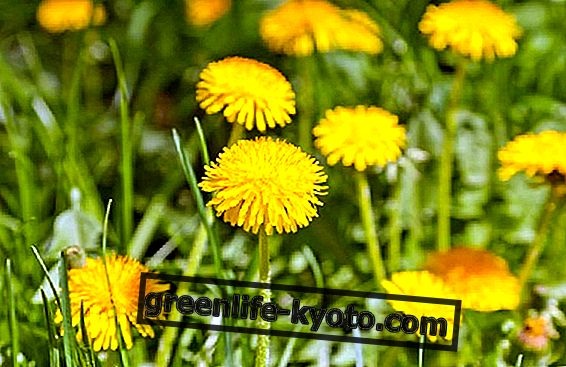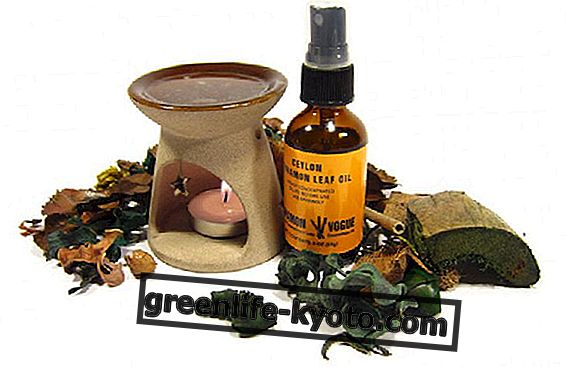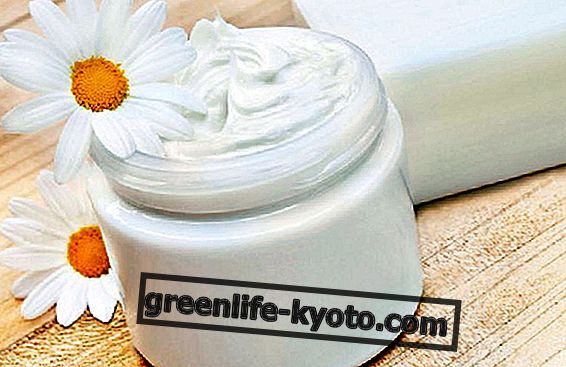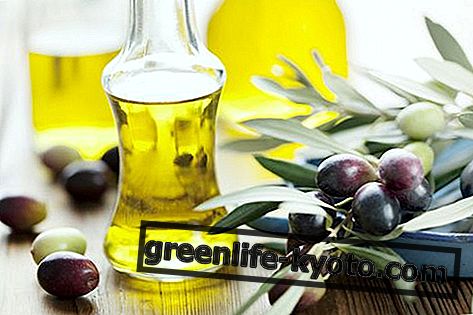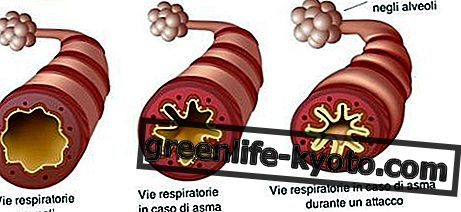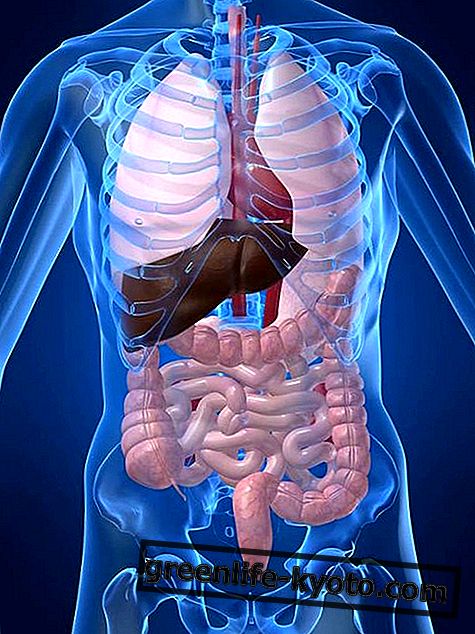
Fragile capillaries: causes and symptoms
Our body is crossed by a dense network of veins and veins . The fragile capillaries can appear on the legs, arms and face.
In the case of capillaries on the legs a lot of responsibility for their fragility is due to poor circulation. The capillaries, together with the lymphatic circulation, allow the nourishment and the metabolic exchange of the cells of the body.
So they feed and allow the disposal of waste .
The main cause of capillary fragility on the limbs concerns problems related to the quality of blood circulation and the elasticity of the venous walls .
These, in turn, can derive from:
> P genetic redisposition to capillary fragility is the main cause of the presence of capillaries in relief and very visible;
> Inevitable and physiological hormonal variations : above all in women the continuous variations of the concentration of hormones in circulation, associated with the retention or less of liquids, overload the work of the capillaries, continually solicited in their work;
> Lifestyle: nutrition, overweight, lack of movement, use of certain drugs, consumption of alcohol and smoking, impact sports, all of which can compromise the normal functioning of the circulation and damage the capillaries.
The fragile capillaries are characterized by the presence of thin veins visible under the skin .
Sometimes the veins are also associated with small hematomas and dark blood spots.
The presence of fragile capillaries is often associated with other symptoms, such as circulatory failure, swelling, edema, water retention, but also dryness and hypersensitivity of the skin in cases of very superficial fragile capillaries.
Fragile capillaries: treat them with natural remedies
The fragile capillaries improve their manifestation thanks to certain natural remedies .
Even in cases of genetic predisposition it is possible to prevent the formation and treat the capillaries already present and visible.
Natural remedies for fragile capillaries can be internal and external .
Internal natural remedies
Acting from within means putting the body in a position to regenerate and self-heal the damage caused by fragile capillaries.
The fragile capillary is due to a decreased elasticity of the venous walls and an overload of the work of nourishment and disposal.
Restoring the natural permeability of the capillary and flexibility allows to prevent and improve fragile capillaries.
> Collagen is a substance naturally produced by the body and allows the veins to dilate and contract, performing its task in the best possible way.
> Vitamin C and flavonoids also help restore and preserve the health of capillaries.
It is therefore useful to increase the supply of these nutrients with one's diet and to adopt this method as a general rule.
> From the point of view of feeding the red fruits (currants, blueberries, blackberries, raspberries, cherries, grapes, etc.) are very valid vasoprotectors .
In the event that you need a symptomatic natural remedy, there are various natural substances, to be taken in the form of infusions, decoctions or mother tincture:
> Use dry reds to prepare decoctions and infusions to be drunk away from meals ;
> Red veins and centella asiatica, used as mother tinctures diluted in water, are very useful vasoprotectors both for prevention and in cases where fragile capillaries are already in evidence and associated with small hematomas.
30 drops of mother tincture of centella asiaticaia or red vine are diluted (never take them together) in a glass of drinking water three times a day before meals, or 60 drops in a liter of drinking water during the day;
> Dried cranberry berries can be taken in the form of a decoction: a tablespoon of dried berries for a cup of water, to boil and filter. Drink hot between meals.
External natural remedies
Acting on fragile capillaries from the outside involves using creams and oils to help the elasticity of the skin and the connected and dense network of superficial capillaries.
The massage is mostly not recommended in areas affected by fragile capillaries: inadequate handling could worsen the situation of fragile capillaries. Instead, distal limb massages are recommended to stimulate circulation and lymphatic drainage massage .
On areas affected by fragile capillaries you can use natural creams based on blackcurrant and blueberry, or essential oils, applied with light skimming of the skin.

